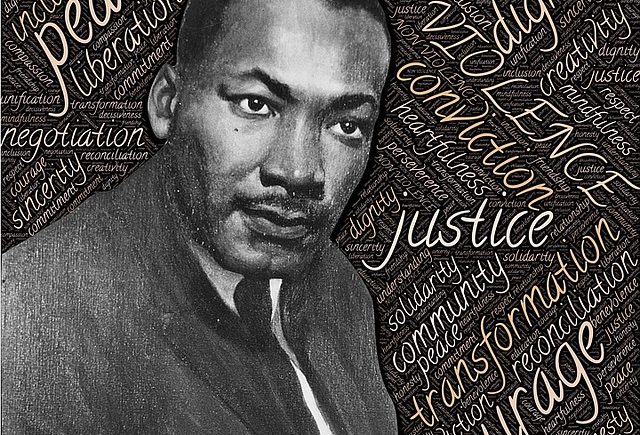Today is Martin Luther King Jr. Day and 58 percent of Americans agree increased diversity makes the U.S. a better place while only 9 percent say it makes the U.S. worse. The personal-finance website WalletHub this month released its report on 2019’s States with the Most Racial Progress to measure America’s progress in harmonizing racial groups, particularly the gaps between blacks and whites across 22 key indicators of equality and integration in each of the 50 states and the District of Columbia. The data set ranges from median annual income to standardized-test scores to voter turnout.
Note: This report examines the differences between only blacks and whites in light of the high-profile police-brutality incidents that sparked the Black Lives Matter movement and the holiday honoring Dr. Martin Luther King Jr., who played a prominent role in the Civil Rights Movement to end segregation and discrimination against blacks.
| Most Racially Integrated States | States with the Most Racial Progress | |||
| 1 | New Mexico | 1 | Wyoming | |
| 2 | West Virginia | 2 | Texas | |
| 3 | Hawaii | 3 | New Mexico | |
| 4 | Kentucky | 4 | Georgia | |
| 5 | Texas | 5 | Mississippi | |
| 6 | Wyoming | 6 | New Jersey | |
| 7 | Delaware | 7 | South Carolina | |
| 8 | Arizona | 8 | Florida | |
| 9 | Maryland | 9 | Idaho | |
| 10 | Georgia | 10 | North Carolina | |
Key Stats
- The District of Columbia has the lowest gap in homeownership rates between whites and blacks, at 13.41 percent. Connecticut has made the most progress in closing this gap since 1970, with a change of 8.25 percent.
- Hawaii has the lowest gap in median annual household incomes between whites and blacks, at 7.74 percent, and has made the most progress in closing this gap since 1979, with a change of 33.19 percent.
- South Dakota has the lowest gap in unemployment rates between whites and blacks, at 0.85 percent. North Dakota has made the most progress in closing this gap since 1970, with a change of 12.94 percent.
- Hawaii has the lowest gap in poverty rates between whites and blacks, at 0.87 percent. Mississippi has made the most progress in closing this gap since 1970, with a change of 24.80 percent.
- New Mexico has the lowest gap in the share of adults 25 years and over with at least a bachelor’s degree between whites and blacks, at 0.83 percent, and has made the most progress in closing this gap since 1970, with a change of 5.71 percent.
View the full report and your state or the District’s rank today.


